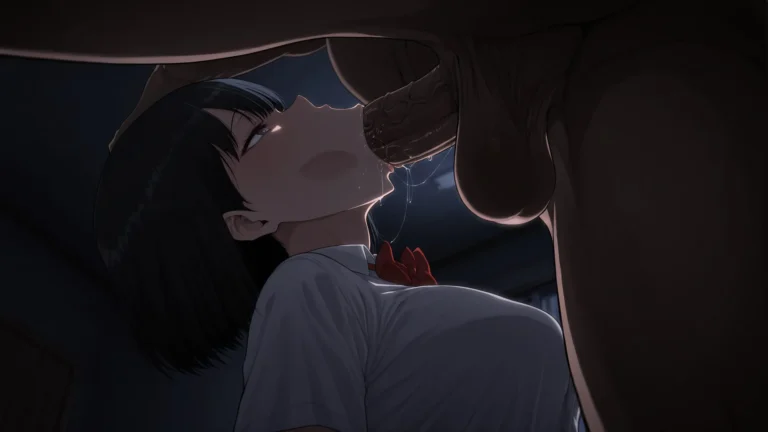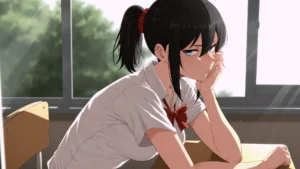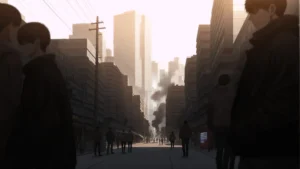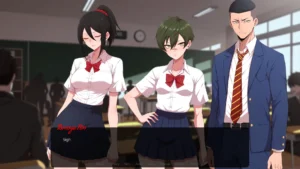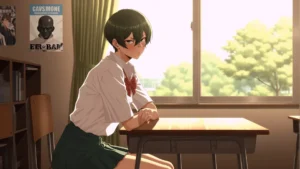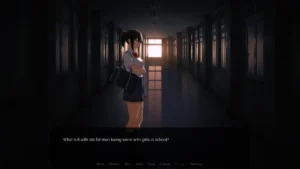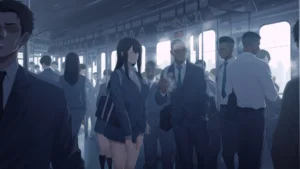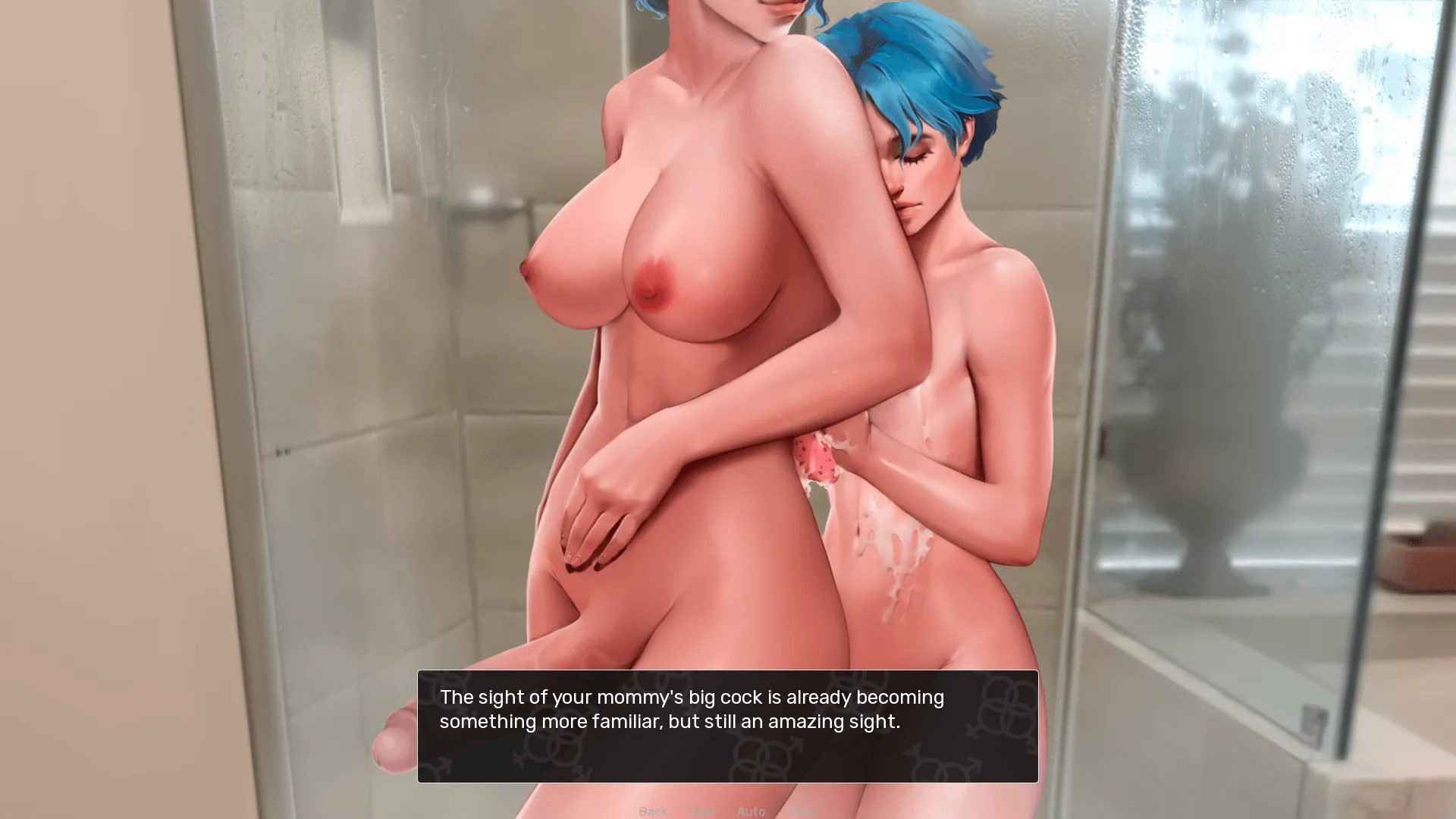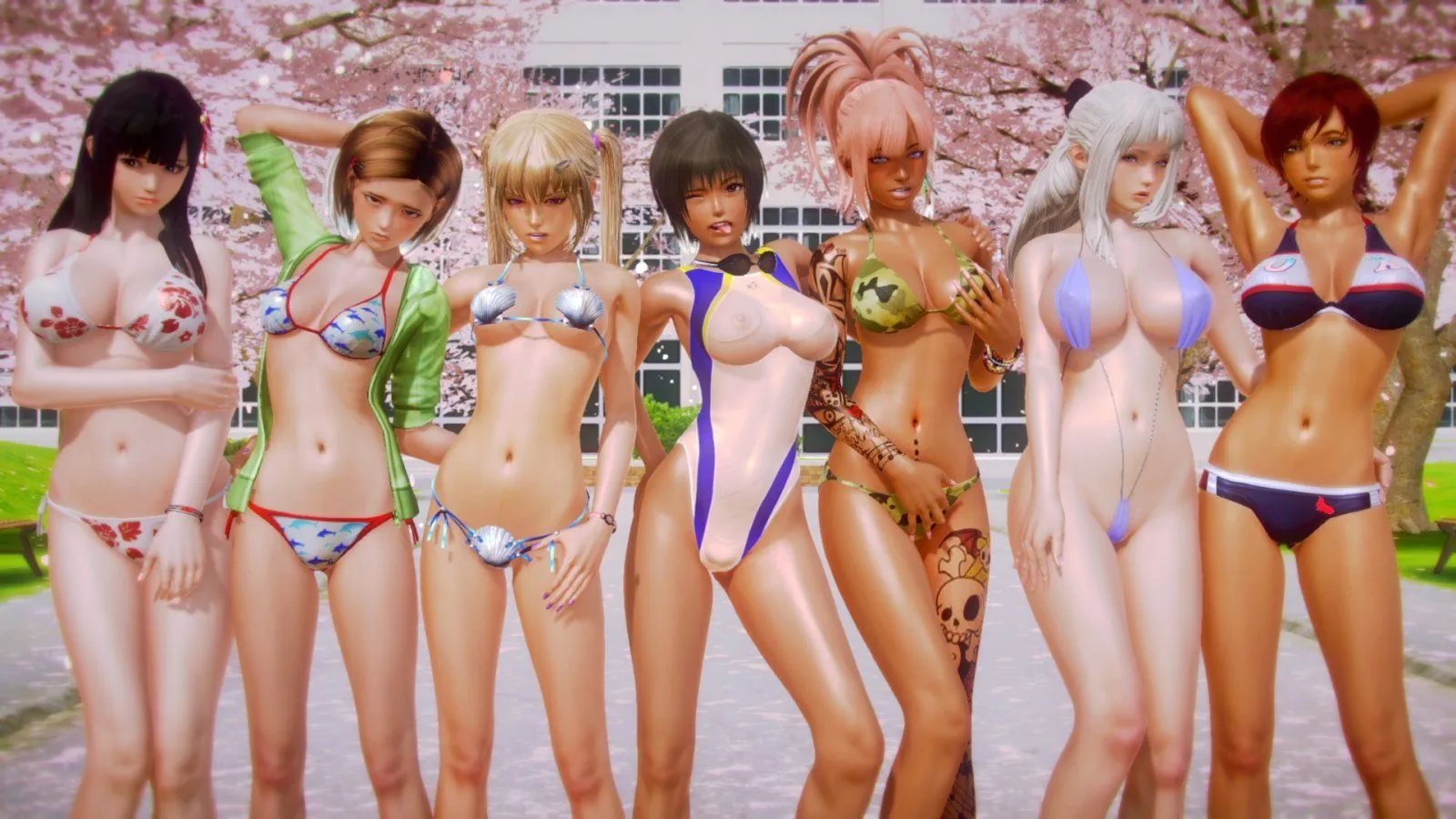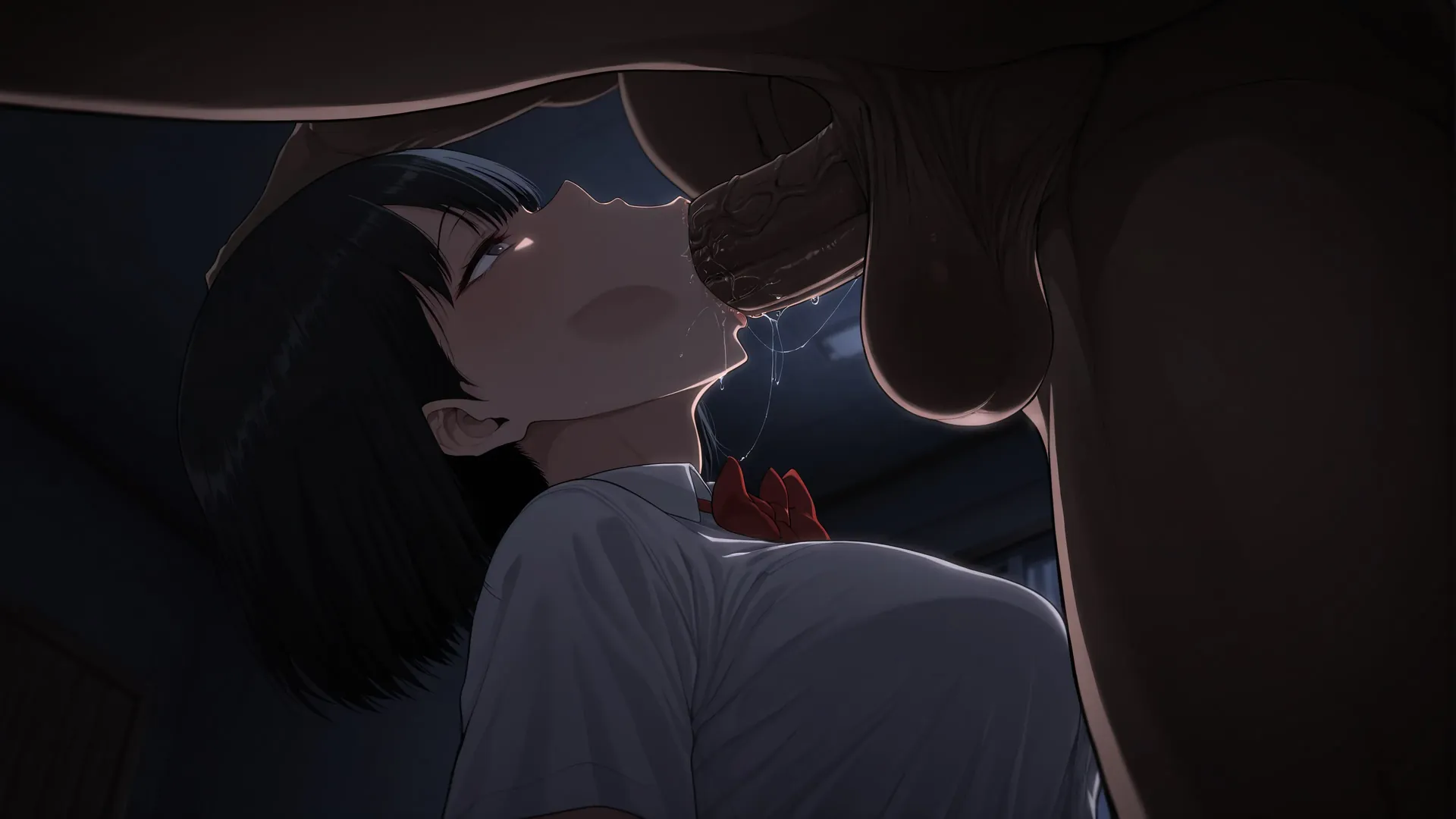
Aperture
Play Aperture
Aperture review
Exploring the Narrative Depth and Interactive Experience of Aperture
If you’re curious about Aperture, you’re not alone. This narrative-driven adult game has captured attention for its gripping story, emotional depth, and interactive elements. Set in the prestigious Hoshino Academy, you step into the shoes of Sasaki Keita, a sharp-tongued student with a strong sense of justice. After a chance encounter with Tomoya Rin, president of the photography club, you’re drawn into a world of mystery, emotional tension, and unavoidable dramatic twists. In this article, we’ll dive deep into what makes Aperture stand out, from its compelling characters to its immersive gameplay and mature themes.
Aperture Story and Setting: What Makes It Unique?
The World of Hoshino Academy
Picture this: you’re navigating the pristine, almost sterile hallways of a school where the echo of a dropped textbook is the most exciting sound you’ll hear all day. 🏫 That’s the Hoshino Academy setting for you. From the moment you step into this world, you understand its priorities. The trophy cases gleam with sports accolades, the noticeboards are plastered with math competition results, and the air hums with the quiet pressure of academic excellence. Art? Creativity? Self-expression? They’re treated like quaint hobbies, pushed to the dusty corners of the campus. This isn’t a school that nurtures dreamers; it’s an institution that manufactures success stories on a very specific, rigid template. It’s within this beautifully oppressive environment that the Aperture story begins to unfold, and the contrast between the setting and the narrative’s emotional core is absolutely intentional.
I remember playing through the first hour and feeling a strange sense of familiarity, like I’d been to a school just like this. The relentless focus on measurable achievement, the way any non-academic pursuit is subtly (or not so subtly) discouraged—it creates a pressure cooker. This isn’t just a backdrop; it’s an active character in the drama. The Hoshino Academy setting is a masterclass in using environment to build thematic tension. You feel the weight of its expectations pressing down on the characters, making their secret struggles and hidden passions feel all the more potent and dangerous. It’s a place where conformity is king, and that makes the rebellion of the human spirit at the story’s center incredibly powerful. ✨
Meet the Characters: Keita and Rin
Into this world of order and expectation walks our protagonist, Sasaki Keita character. He’s the kind of guy who has mastered the art of blending in. He’s not a star athlete or a top-ranked student; he’s just… there. Navigating the social labyrinth of Hoshino Academy with a careful, almost weary detachment. But beneath that unassuming surface is a deep-seated feeling of being lost, of not knowing where he fits in a world that has already decided what success looks like. Playing as Keita, you don’t feel like a hero; you feel like a person, with all the confusion and quiet desperation that can entail. 😔 His journey is the heart of this emotional narrative adult game.
The catalyst for his change is Tomoya Rin, the president of the nearly-defunct Tomoya Rin photography club. Where Keita is reserved, Rin is a quiet storm of passion. 👩🎨 She’s fiercely dedicated to her art, seeing the world through a lens in a way that nobody else at Hoshino seems to understand. The club is her sanctuary, a small, light-filled room that stands in defiant opposition to the rest of the academy. Their meeting isn’t a grand, cinematic event. It’s born from a simple, yet profound, incident: Keita, perhaps by chance or a flicker of curiosity, stumbles upon her developing a photograph. In that darkroom, surrounded by the chemical scent of creation, something clicks into place for both of them.
Their dynamic is the engine of the Aperture story. Rin sees a potential in Keita that he doesn’t see in himself, an eye for composition and meaning hidden behind his apathy. Keita, in turn, is drawn to Rin’s unwavering conviction and the raw emotion she pours into her work. They are two incomplete pieces finding a strange, complementary fit. The Tomoya Rin photography club becomes more than just an extracurricular activity; it’s a secret world they build together, a place where the rigid rules of Hoshino Academy don’t apply. But as you’ll quickly discover, no secret is safe forever in a story this intense.
| Character | Role | Key Trait |
|---|---|---|
| Sasaki Keita | Protagonist & Photography Club Newcomer | Observant, Initially Apathetic, Emotionally Reserved |
| Tomoya Rin | Photography Club President & Mentor | Passionate, Artistic, Determined |
Central Themes and Emotional Impact
Let’s talk about what really makes Aperture stick with you long after you’ve put the controller down: its powerful Aperture themes. This isn’t a lighthearted school sim. It delves into heavy, mature territory, exploring the corrosion of innocence and the emotional turmoil that comes with growing up in a system that doesn’t care about your individual struggles. 🖤 The game isn’t afraid to ask difficult questions. What happens when the pursuit of a perfect image leads you to confront an ugly truth? How do you maintain your passion when the world seems determined to extinguish it?
The most haunting photographs aren’t taken; they’re felt. Aperture makes you live this truth.
As you guide Keita, you’ll feel a palpable sense of growing anxiety. The game masterfully builds this tension, not with jump scares, but with a creeping dread that something is fundamentally wrong beneath the polished surface of Hoshino Academy. This is amplified by the structure of the Aperture story, which is driven by what I can only describe as Aperture unavoidable story events. These are pivotal moments in the narrative that you, as the player, cannot prevent or sidestep. 🚧 At first, this might sound restrictive, but it’s a brilliant design choice. It strips away the illusion of control and forces you to experience the story as Keita does—as a series of consequential, often heartbreaking, developments that he must endure and process.
This approach is what cements its status as a profound emotional narrative adult game. It’s not about “winning” or achieving a perfect ending. It’s about witnessing a story unfold and being changed by it. The Aperture unavoidable story events create a powerful sense of shared fate with the characters. You’re not a detached god guiding puppets; you’re in the passenger seat, feeling every bump and crash along the way. The themes of loss, betrayal, and the painful acquisition of self-awareness hit harder because you can’t rewind or reload to make a “better” choice. You have to live with the consequences, just like in real life.
From a personal perspective, the way the Hoshino Academy setting and the deep Aperture themes intertwine is the source of the game’s unique appeal. The sterile, oppressive environment makes the bursts of creative passion and raw emotion feel like acts of rebellion. The journey of the Sasaki Keita character, shaped by his connection to the Tomoya Rin photography club, is a poignant exploration of finding your voice in a world that wants you to be silent. This Aperture story stays with you because it feels authentic in its pain and its beauty, a truly memorable experience in the world of narrative-driven games. 💫
Aperture stands out in the adult gaming space for its compelling narrative, emotional depth, and immersive atmosphere. From the halls of Hoshino Academy to the complex relationships between its characters, the game delivers a memorable experience that goes beyond typical genre conventions. Whether you’re drawn to its story, its interactive elements, or its distinctive mood, Aperture offers something truly unique. If you’re ready to dive into a world of mystery and emotion, now is the perfect time to explore Aperture—and don’t forget to share your thoughts with the growing community of players.
